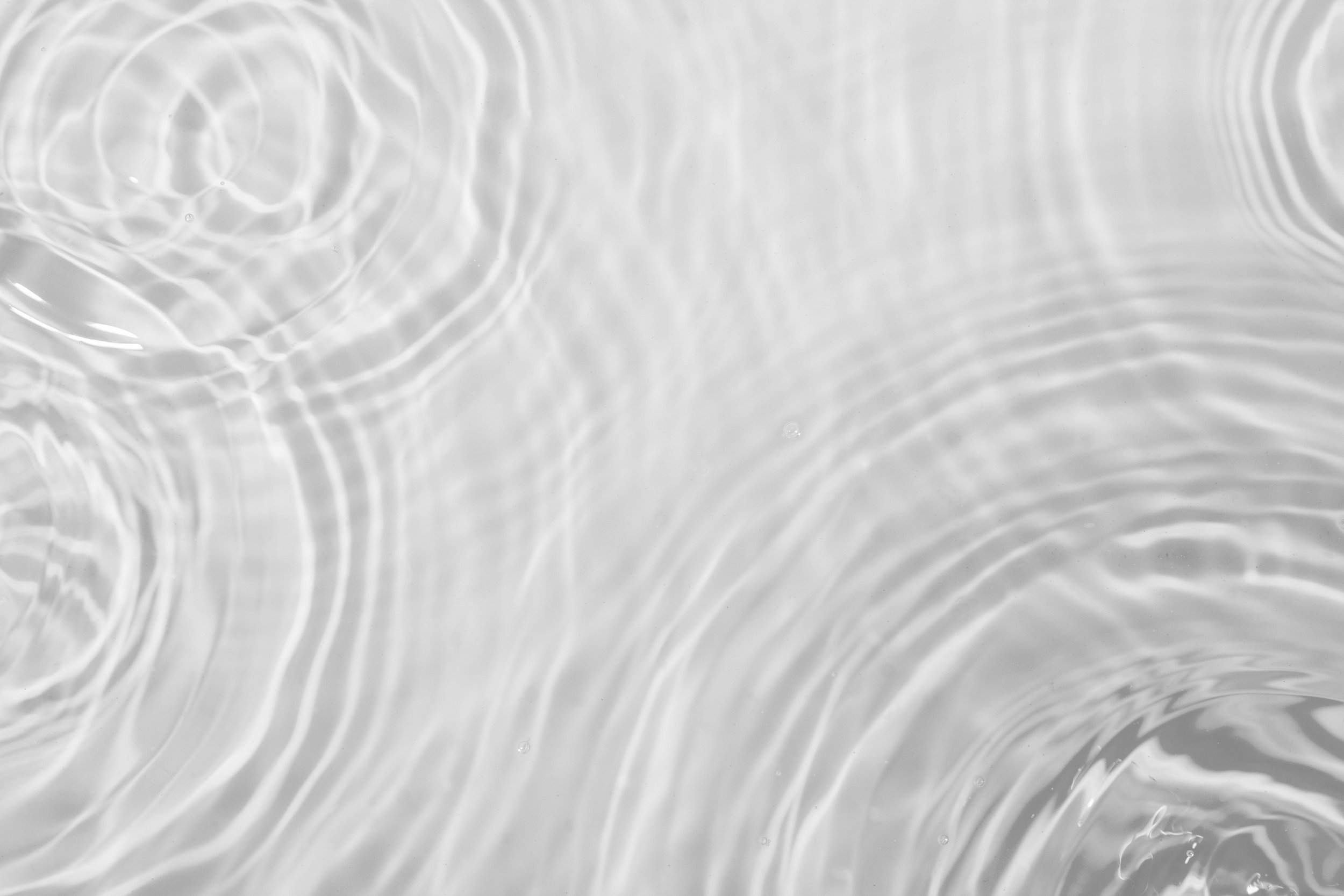
Swimming Pool Cleaners & Vacuums
A Complete Guide
Maintaining a custom pool in North Texas requires a combination of routine care, the right equipment, and the best pool cleaners and vacuums to keep your pool sparkling clean year-round. With the area's warm climate and occasional debris from trees, grass, and storms, using the right cleaning system can save you time and ensure your pool stays pristine. Here's everything you need to know about pool cleaners and vacuums for custom pools.
Types of Pool Cleaners & Vacuums
Choosing the right pool cleaner or vacuum depends on factors like the size of your pool, the amount of debris, and your desired level of maintenance. The most common types of pool cleaners are:
Suction Side Pool Cleaners
Suction side pool cleaners are the most affordable option and are often the easiest to install. They connect to the suction line in your pool’s plumbing system, using the pool’s filter to suck in debris as the cleaner moves around the pool. These cleaners are best for smaller pools or those with moderate debris levels.
Robotic Pool Cleaners
Robotic pool cleaners are autonomous, high-tech devices that move around your pool and scrub surfaces while collecting debris. They don’t rely on your pool’s pump or filtration system, making them energy efficient and effective at cleaning both the pool floor and walls.
Pressure Side Pool Cleaners
Pressure-side pool cleaners use a dedicated hose connected to a return line to propel themselves around the pool. These cleaners typically have their own debris collection bag and can handle larger debris like leaves and twigs. They are ideal for medium to large pools with heavy debris.
Prevents Damage
Buildup of calcium, algae, or debris can lead to long-term damage to your tiles, grout, and pool surfaces. Keeping your tiles clean helps prevent costly repairs and preserves the integrity of your pool.
Choosing the Right Pool Cleaner
Selecting the right cleaner depends on various factors, including pool size, debris type, and desired cleaning frequency. Here’s how to determine which cleaner best suits your custom pool:
Debris Type
If your pool collects a lot of leaves, twigs, or large debris, a pressure-side cleaner or robotic cleaner with a large debris collection bag is ideal. For fine dirt and smaller debris, a suction-side cleaner or robotic vacuum will provide effective cleaning.
Pool Size
For larger pools, consider robotic or pressure-side cleaners as they can efficiently clean both large surfaces and hard-to-reach corners. Smaller pools may be suitable for a suction-side cleaner or a manual vacuum.
Maintenance Preference
If you want a low-maintenance option, a robotic cleaner is your best choice, as it doesn’t rely on your pool’s filtration system and can be operated with minimal effort. For hands-on pool owners, manual vacuums give you complete control over cleaning.
Important Things to Know
Energy Efficiency
The energy efficiency of your pool cleaner is an important consideration, especially in North Texas, where pools are used year-round. Robotic pool cleaners are generally more energy-efficient than suction and pressure-side models since they don’t rely on your pool’s pump and filtration system. They also tend to have programmable settings, allowing you to clean your pool without consuming excessive energy. Look for models with energy-saving features to keep your utility bills low.
Budget Considerations
The price of pool cleaners varies widely based on type, features, and brand. Manual vacuums are generally the most affordable, while robotic cleaners come with a higher upfront cost but provide advanced features and superior cleaning performance. However, investing in a higher-quality cleaner can save you time and money in the long run, as they typically offer longer lifespans and require less frequent repairs.
Maintenance & Upkeep
It's important to clean the filter and debris collection bag regularly to maintain peak performance. Additionally, inspect the hoses and parts for signs of wear and tear, especially with suction or pressure-side cleaners. Clogs can sometimes occur, so check the system for blockages and clear them as needed. Some robotic cleaners come equipped with self-cleaning filters, which reduce the frequency of manual maintenance, making them more convenient.
Type of Debris
The amount and type of debris in your pool play a key role in determining the best cleaner for your needs. Fine debris, like dirt and sand, is typically best handled by robotic cleaners or suction-side cleaners, which are effective at picking up smaller particles. On the other hand, larger debris, such as leaves, twigs, and branches, requires a pressure-side cleaner, as these are specifically designed to handle heavy-duty debris. If your pool is surrounded by trees or other debris sources, opting for a pressure-side cleaner or a robotic cleaner with a large debris bag may be the most efficient choice to keep your pool clean.

Common Questions About
Pool Cleaners
-
The best type of pool cleaner depends on your pool's size, shape, and the type of debris you typically encounter. For smaller pools, a suction-side cleaner or manual vacuum might be sufficient. For larger pools with more debris, pressure-side cleaners or robotic cleaners are ideal, as they can handle larger debris and provide more thorough cleaning.
-
It’s recommended to use a pool cleaner at least 2-3 times a week for regular maintenance. For pools with heavy debris, such as those surrounded by trees, you may want to clean more frequently to ensure the pool stays debris-free.
-
To keep your pool cleaner running efficiently, make sure to clean the filter and debris collection bag regularly. Inspect the hoses and parts for wear, check for clogs, and clear any blockages. Some robotic cleaners come with self-cleaning filters, which reduce manual maintenance.
-
Most pool cleaners can be used with inground pools of various sizes and shapes. However, the cleaner's design should be compatible with your pool’s specific features, such as steps, water features, or complex shapes. Always check the manufacturer’s recommendations for your pool type.
-
The lifespan of a pool cleaner depends on the type and frequency of use. Suction-side and pressure-side cleaners typically last 5-10 years with proper maintenance, while robotic cleaners can last around 5-7 years or longer if well-maintained. Regular upkeep can extend the life of your cleaner.
-
If you have a smaller pool with light debris, a suction-side cleaner may be sufficient. However, if you have a larger pool or deal with larger debris like leaves and branches, a pressure-side cleaner would be more effective. Pressure-side cleaners can handle heavy-duty cleaning and often include a debris bag for easier collection.
-
Pool cleaners are typically easy to install, especially suction-side and manual vacuums. They can be connected to your pool’s filtration system or attached to a pool pole. Pressure-side cleaners may require a booster pump, and robotic cleaners simply need to be plugged in and set up for autonomous operation.
Let Us Help
•
Let Us Help •
Keep Your Pool Sparkling Clean
Whether you're looking for a suction-side, pressure-side, or robotic cleaner, Foley Pools is here to help you find the perfect solution for your pool. Let our expert team guide you in choosing the ideal pool cleaner that suits your pool's size, design, and cleaning needs.
Contact us today for a free consultation and get your pool maintenance on track with the best cleaning technology available. Let us help you keep your pool pristine, so you can focus on enjoying it!

